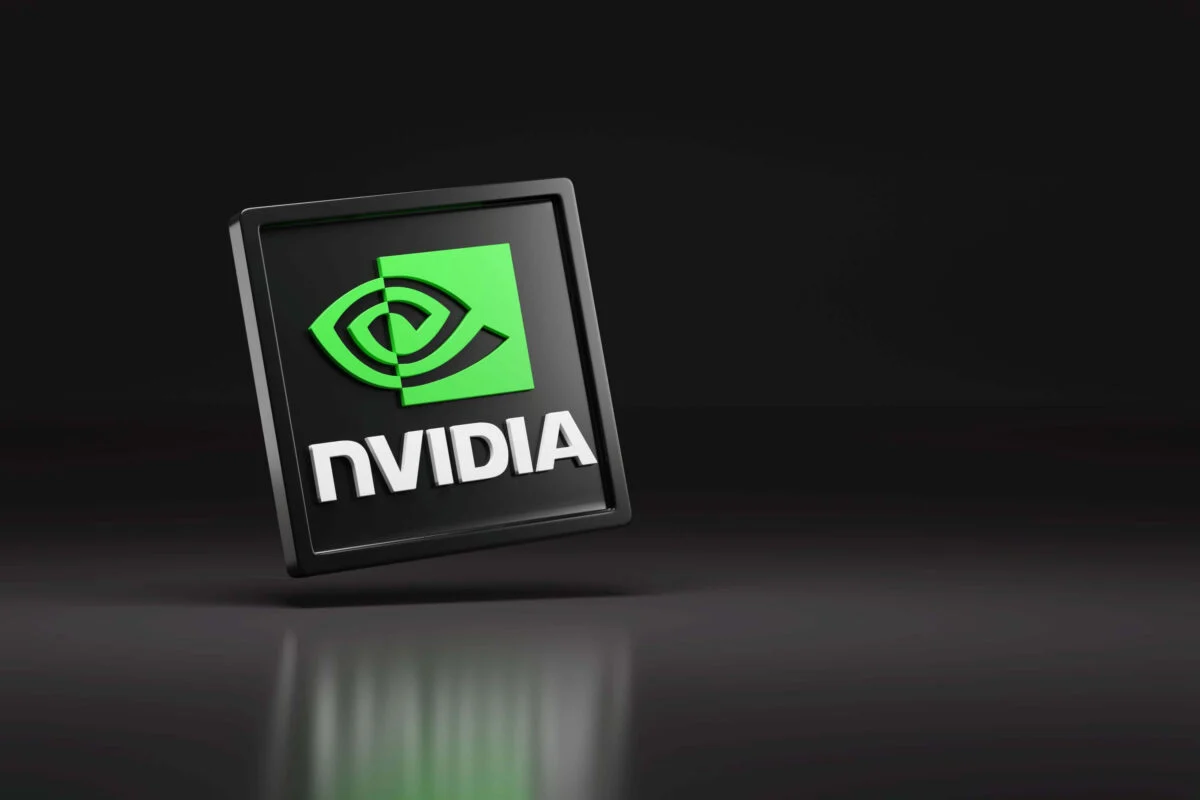
Nvidia’s Q3 Earnings: A Groundbreaking Moment in the AI Sector
Nvidia is poised for its most significant earnings announcement yet, with Wall Street experts projecting a potential market value fluctuation of $300 to $320 billion. This event marks a critical moment for investors and stakeholders in the booming AI industry as Nvidia’s dominance in the semiconductor market continues to command attention.
What Analysts Are Expecting
As Nvidia gears up to release its Q3 earnings report on Wednesday after the market closes, analysts anticipate revenue reaching an impressive $54.8 billion—a 56% increase year-over-year. Likewise, earnings per share (EPS) are projected at $1.25, representing a 50% growth. Meanwhile, Morgan Stanley analyst Joseph Moore has upgraded his projections, forecasting $55 billion in Q3 sales and an even more ambitious $63.1 billion for Q4, citing the overwhelming demand for Nvidia’s Blackwell chips.
Moore also notes that the sequential growth in Nvidia’s revenue could be one of the most considerable leaps in semiconductor industry history, driven by their product leadership in AI chips such as Blackwell and Vera Rubin. Discussions around expanding cloud-based AI infrastructure and sovereign AI programs contribute to Nvidia’s long-term growth potential.
Blackwell Chips: Leading the AI Charge
The Blackwell AI chip, considered an industry favorite, is at the heart of Nvidia’s success. As tech giants and cloud providers invest heavily in hyperscale data centers, all eyes are on Nvidia’s breakthrough solutions like Blackwell and the upcoming Vera Rubin chip. These chips are designed to meet the demands of AI programs, paving the way for advancements in generative AI, machine learning models, and cloud infrastructure.
Investor Exits and Stock Movements
This year has seen some high-profile investor exits. Notably, Peter Thiel’s fund sold its entire $100 million stake, while SoftBank Group liquidated its $5.8 billion position. Despite these moves, Nvidia’s market fundamentals remain strong, driven by sustained client demand and technological innovation.
However, Nvidia’s shares have faced recent challenges. Share prices dipped approximately 10.5% in November, as concerns around an AI-driven market bubble loomed over Wall Street. Even amidst these fears, analysts remain overwhelmingly positive—with 37 out of 39 polled analysts maintaining a Buy rating on Nvidia’s stock. The sentiment across the board remains bullish, with a 34% potential upside within the next 12 months.
Why This Matters for the AI Industry
The broader implications of Nvidia’s earnings resonate heavily within the AI and semiconductor sectors. As the tech-driven world rapidly adopts robust AI infrastructures, Nvidia’s GPUs and proprietary technologies play a fundamental role in reshaping digital economies.
Moreover, investors concerned about Nvidia’s valuation may find comfort in its innovative roadmap. The AI segment, projected by AMD CEO Lisa Su to reach a $1 trillion market size by 2030, underlines AI’s pivotal role in futuristic economies and Nvidia’s leadership in capitalizing on these trends.
Final Thoughts: How Investors Can Stay Ahead
Nvidia’s Q3 earnings represent an essential juncture for investors and industry players alike. With analysts pointing to significant market expansion opportunities, it’s crucial to follow the earnings call closely and assess Nvidia’s guidance for future quarters. Interested in tapping into the AI market beyond Nvidia? Explore X-AI Investment Platform—a tool for AI, tech, and crypto investment strategies.





